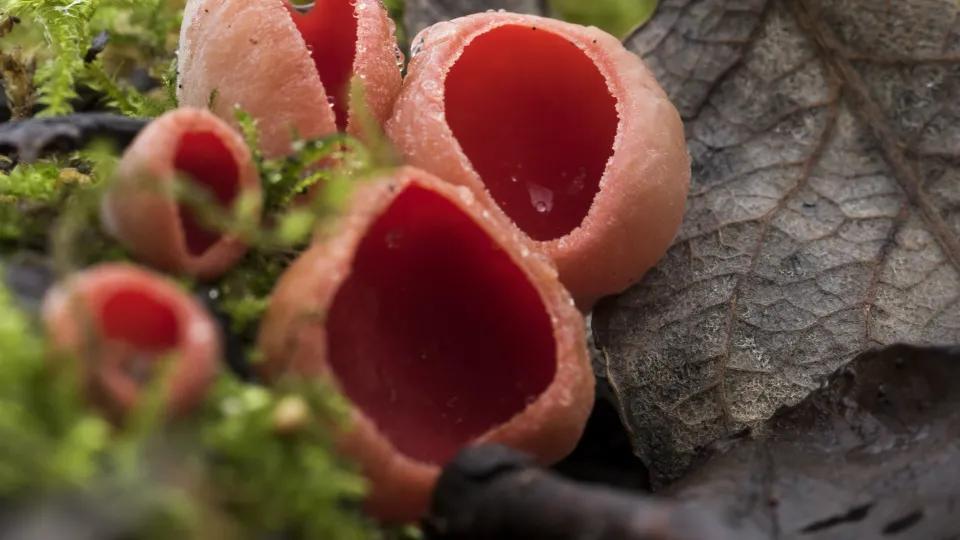
Ruby elfcup
As its name suggests, the ruby elfcup is a bright red, cup-shaped fungus. It is widespread, but scarce, and can be found on fallen twigs and branches, particularly in areas with higher rainfall.
A taxon is Not Evaluated when it is has not yet been evaluated against the criteria

As its name suggests, the ruby elfcup is a bright red, cup-shaped fungus. It is widespread, but scarce, and can be found on fallen twigs and branches, particularly in areas with higher rainfall.
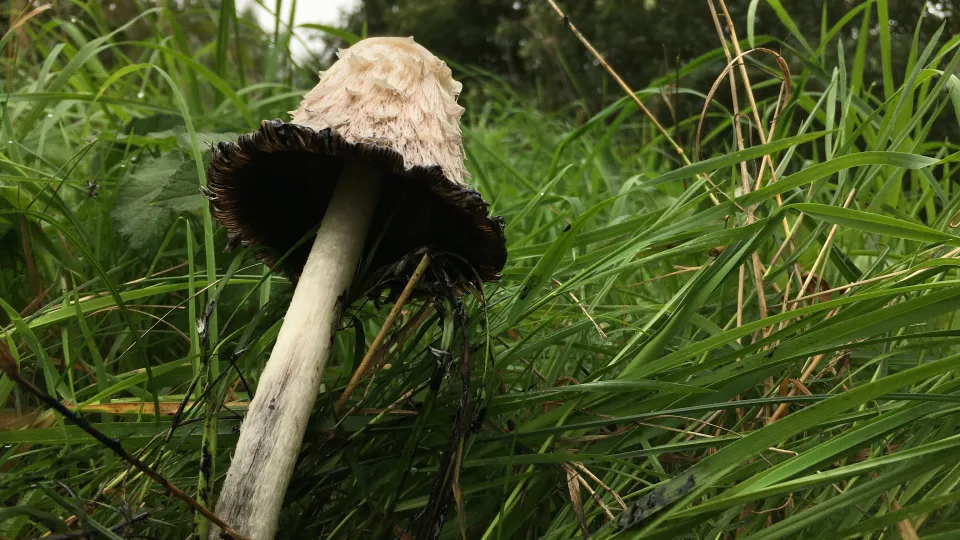
As its name suggests, the shaggy inkcap, or 'lawyer's wig', has a woolly, scaly surface to its bell-shaped toadstools. It is very common and can be seen at the road side, in parklands and even popping up in lawns.
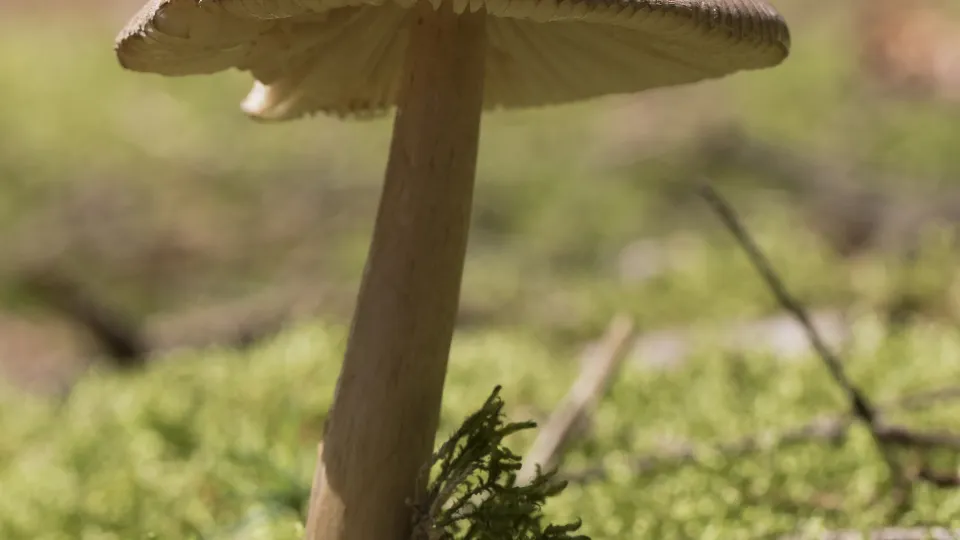
The tawny grisette has an orange-brown cap and a tall, slender stem that arises from a conspicuous cup-like sack. It can be found in woodlands, particularly those with Birch, but also on heaths.
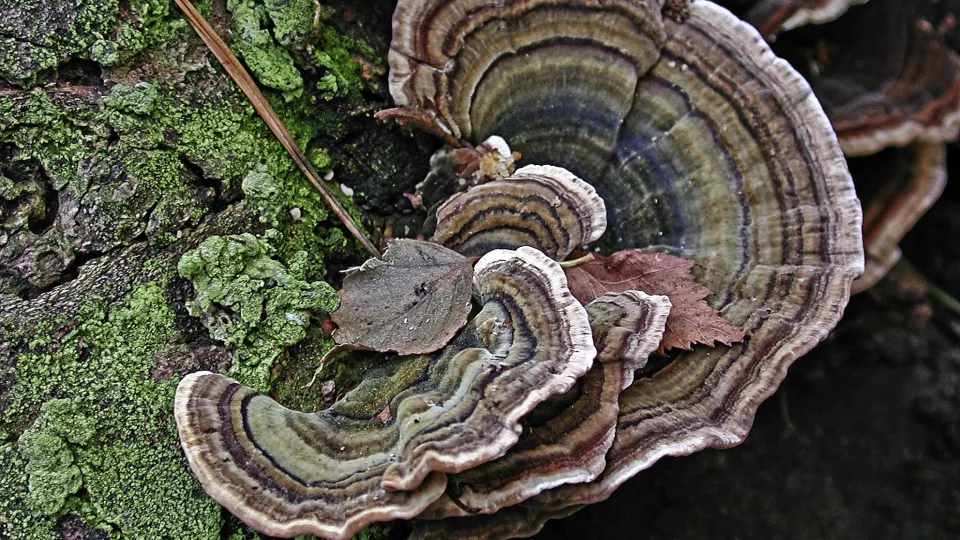
The turkeytail is a very colourful bracket fungus that grows throughout the year, but is at its best in the autumn. Its circular caps can be seen growing in tiers on trees and dead wood.
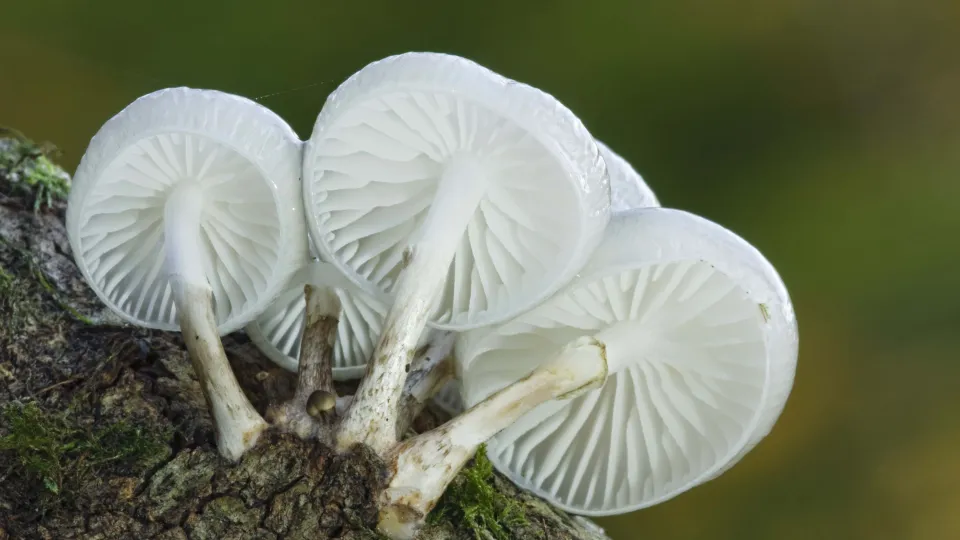
The shiny, translucent porcelain fungus certainly lives up to its name in appearance. It can be seen growing on beech trees and dead wood in summer and autumn.
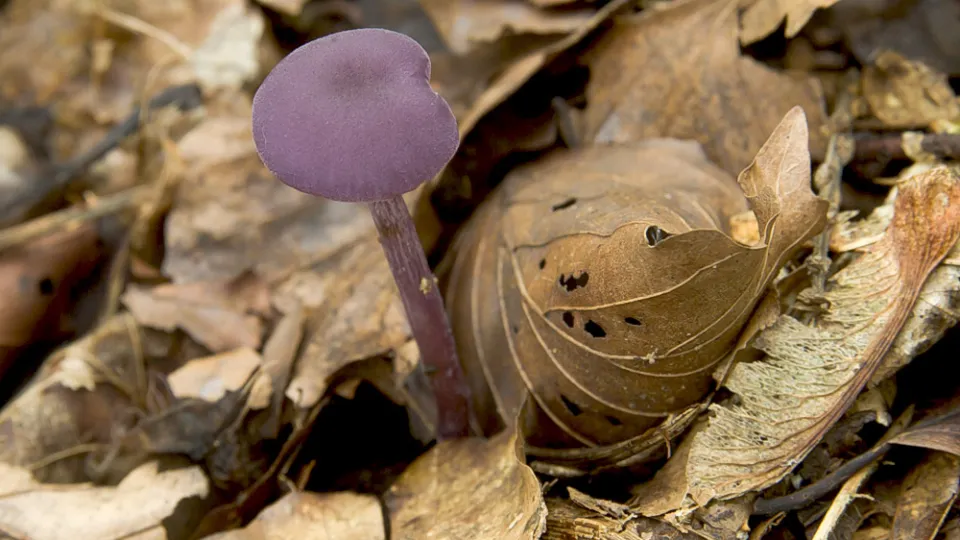
The pretty-in-purple amethyst deceiver can be seen growing in the leaf litter of our woodlands during late summer and autumn. Although edible, it looks similar to the poisonous Lilac fibrecap.
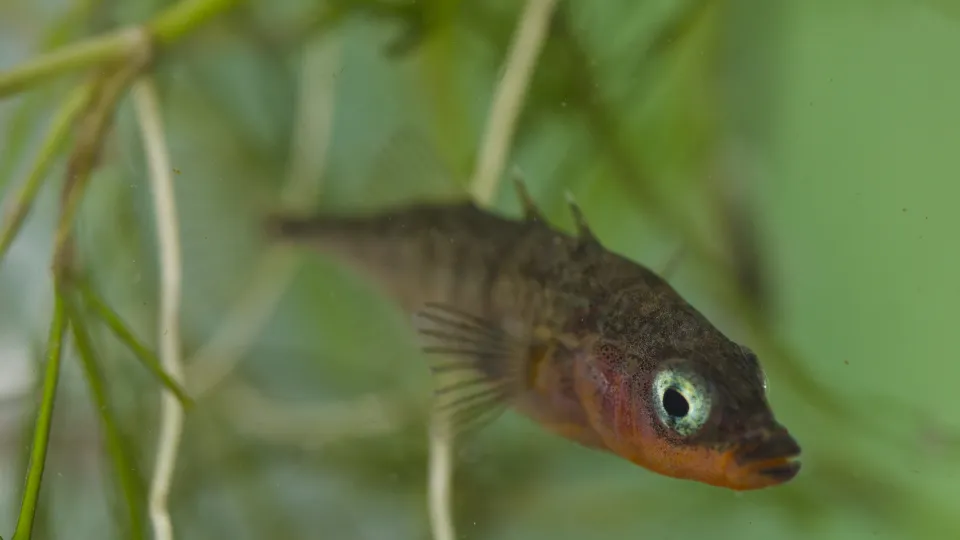
A diminutive but aggressive predator, the three-spined stickleback hunts tadpoles and small fish. It is also known for fiercely protecting its nest of eggs until they hatch. Look for it in ponds, lakes and rivers.
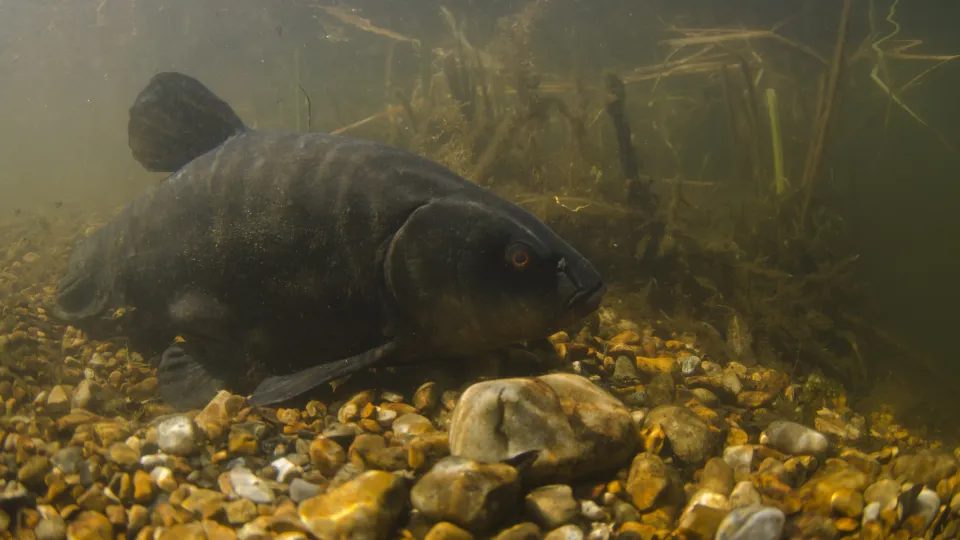
A handsome fish, the tench has olive-green flanks, powerful fins and distinctive red eyes. It can be found in lowland lakes and slow-flowing rivers around the UK.
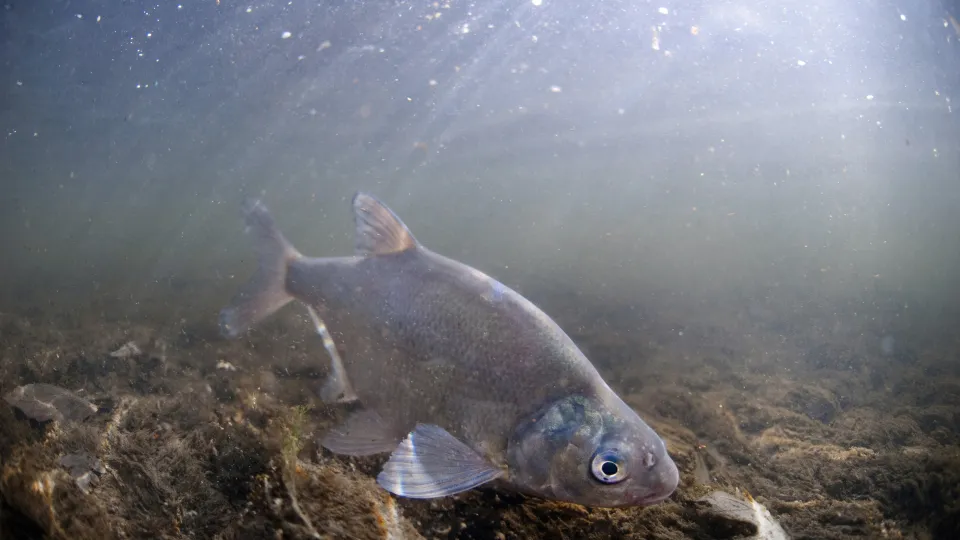
The bronze-coloured bream can be seen gathering in large shoals in lowland ponds, lakes and slow-flowing rivers. It is a member of the carp family and looks similar to the dace, chub and rudd.
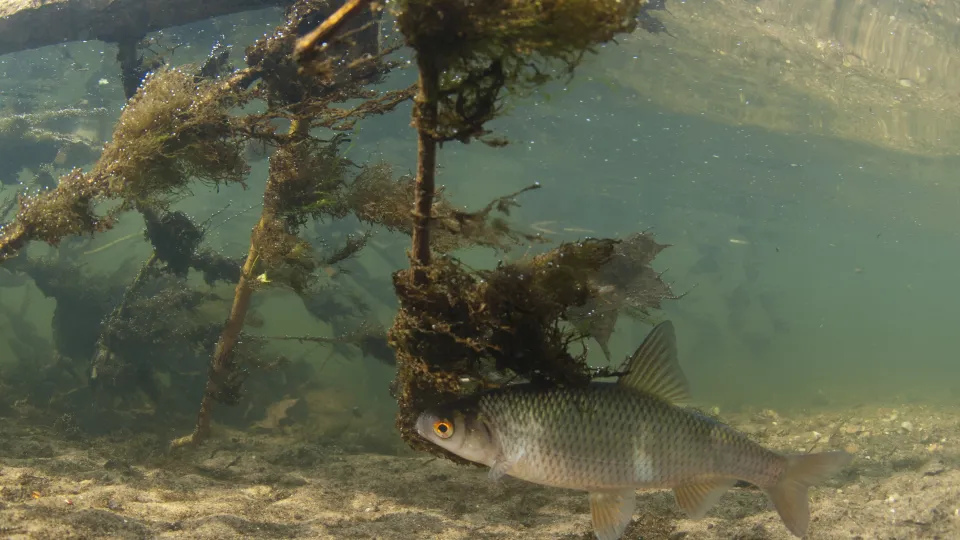
The silvery roach can be seen gathering in large shoals in lowland ponds, lakes and slow-flowing rivers. It is a member of the carp family and looks very similar to the dace, chub and rudd.